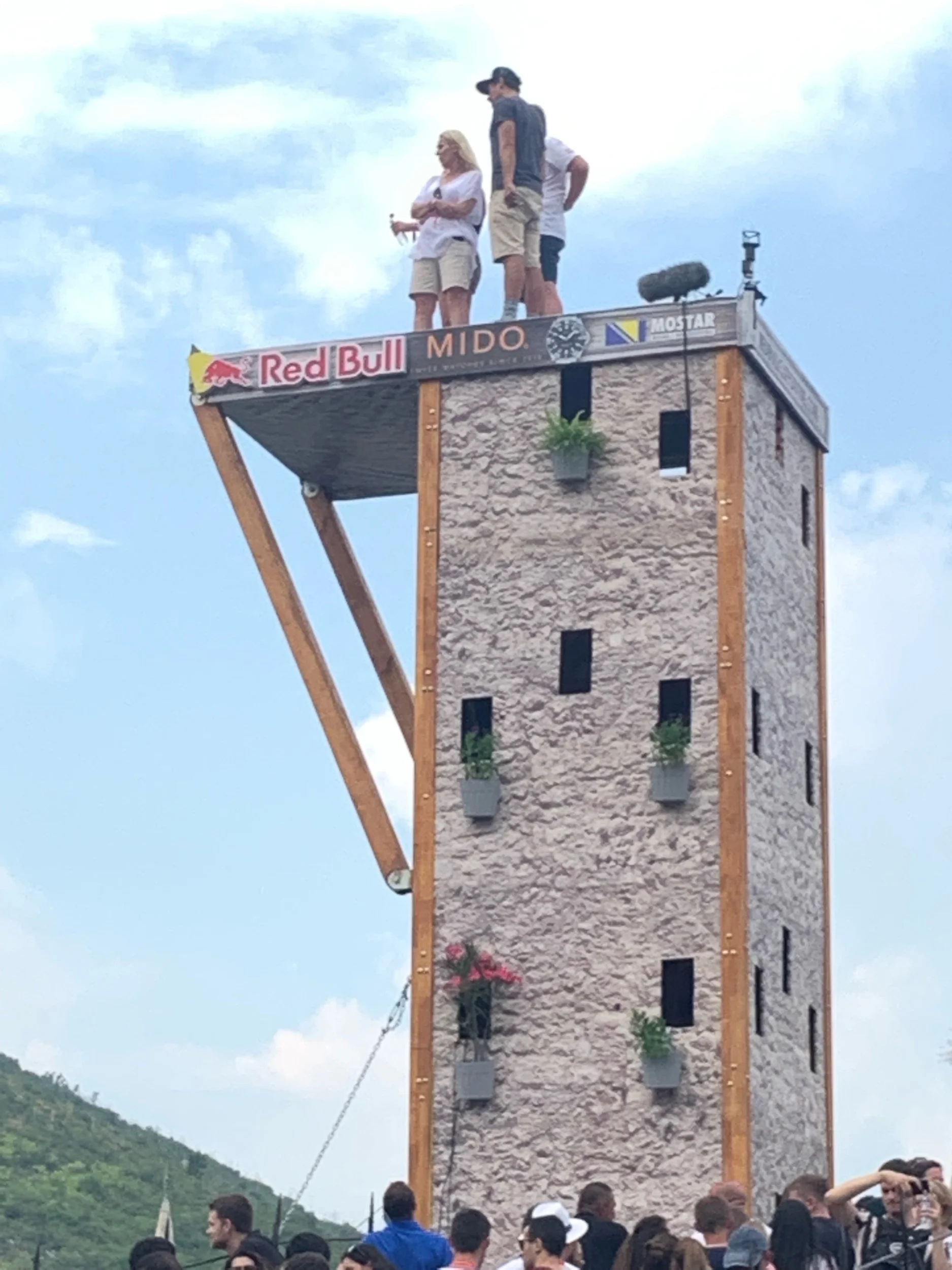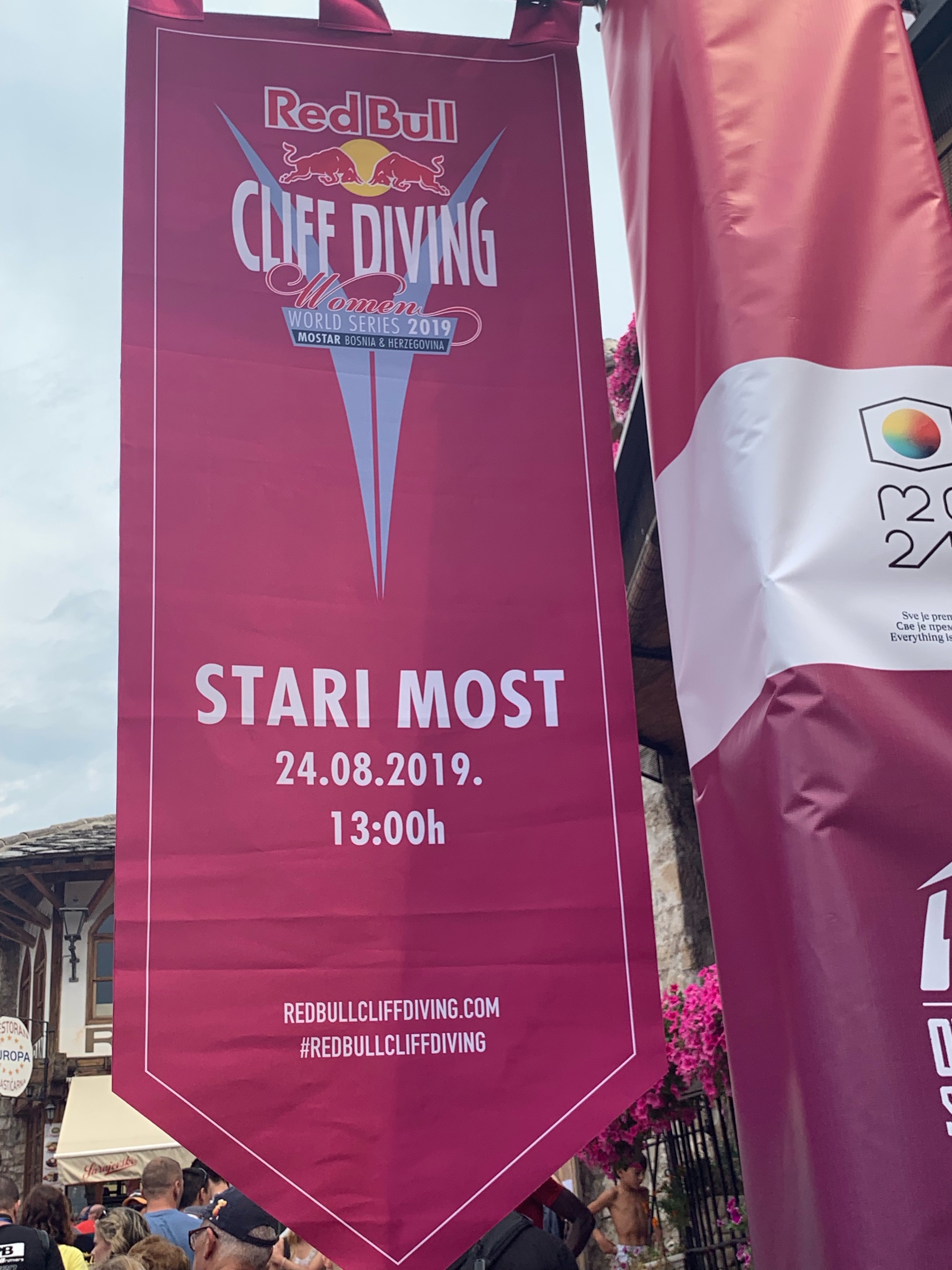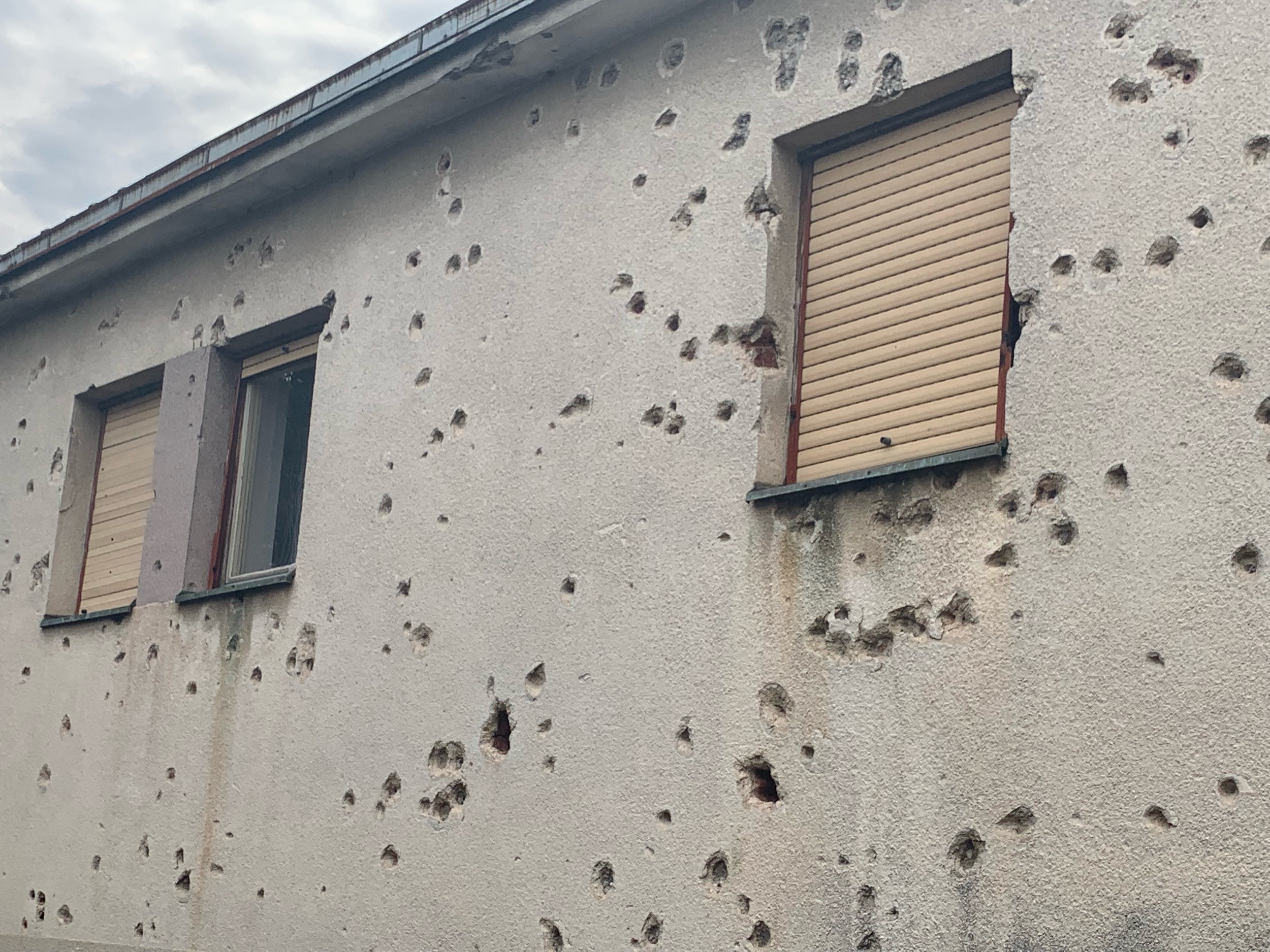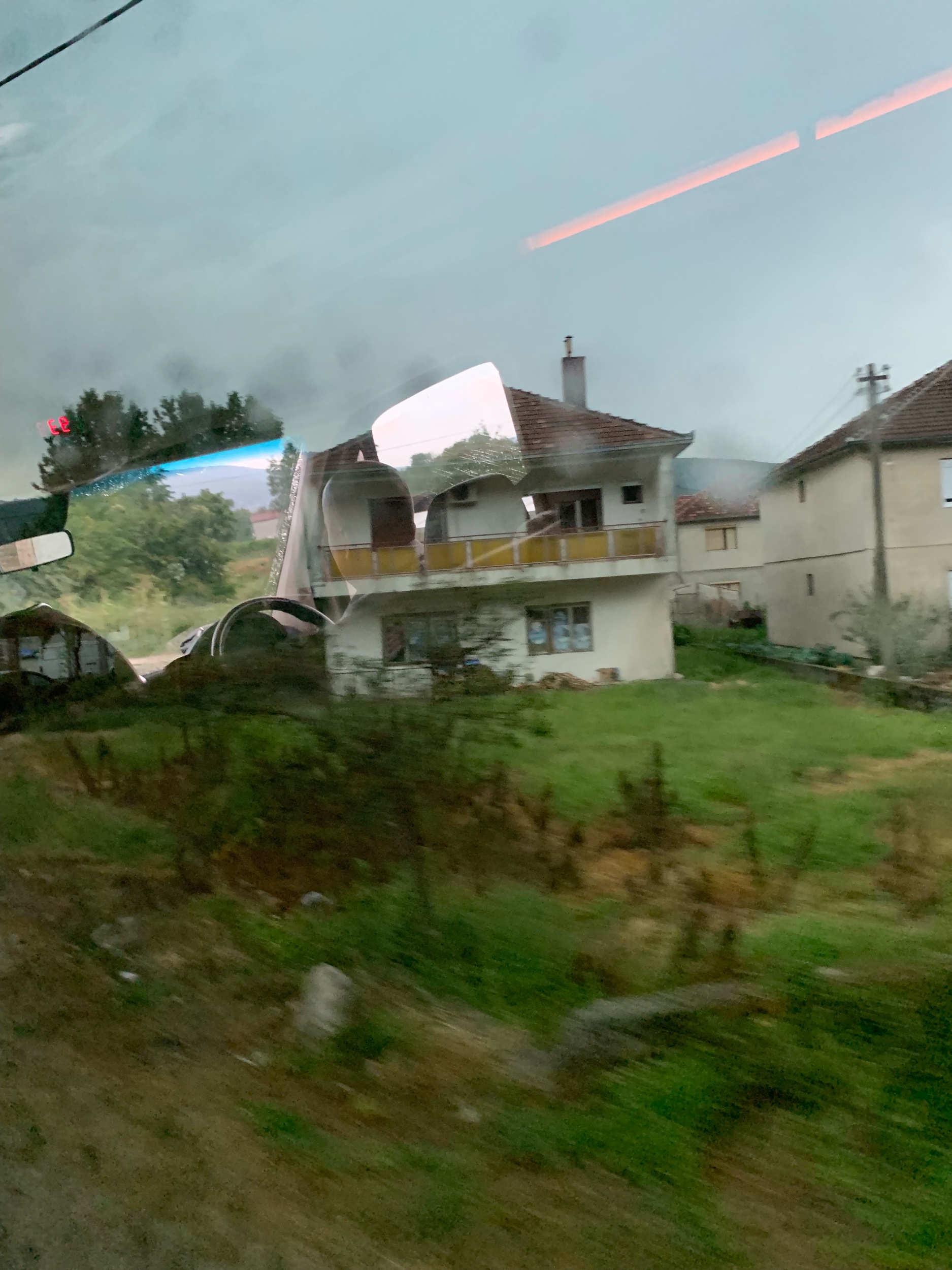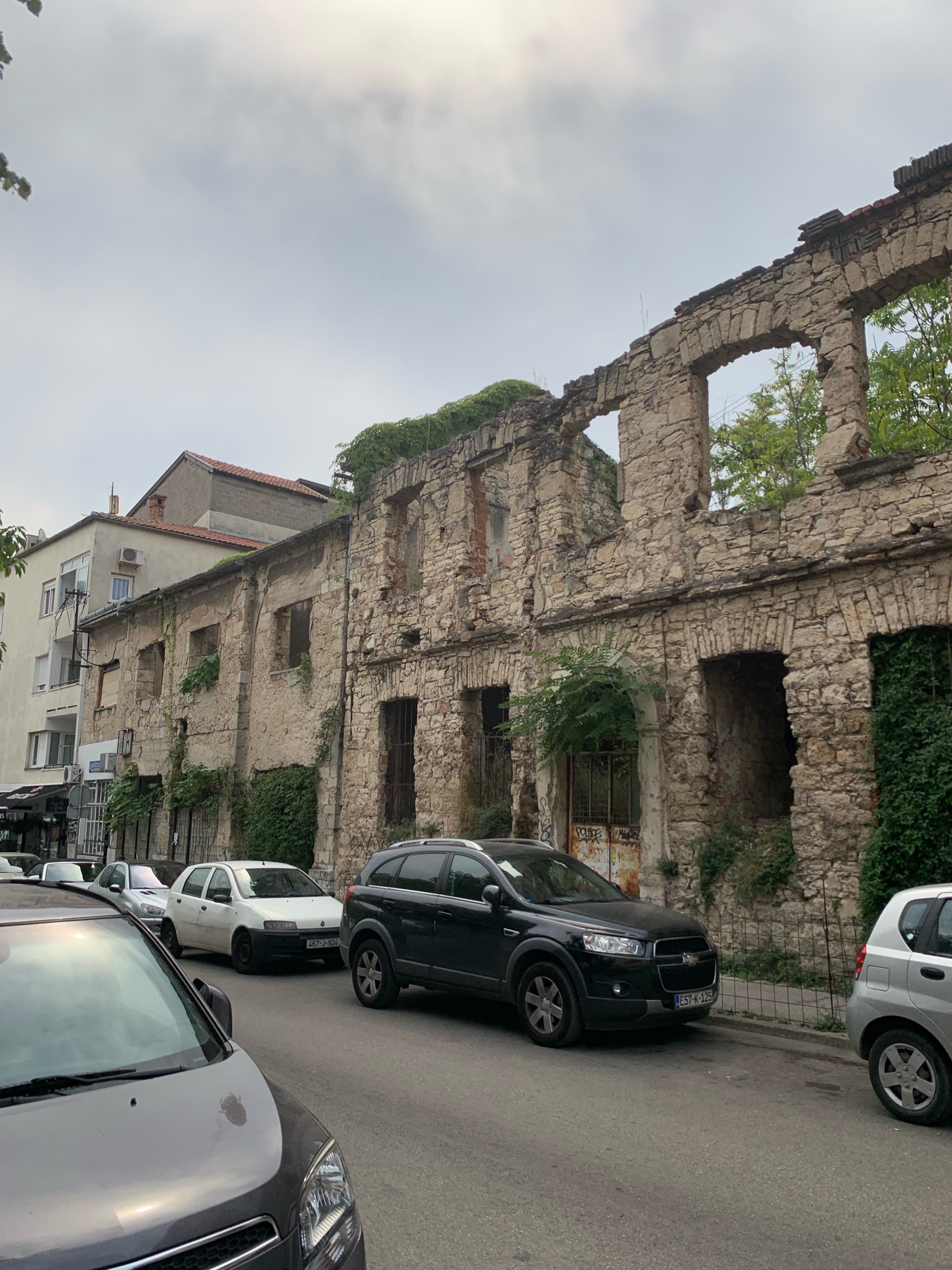8-24-19 - Bosnia & Herzegovina - thought provoking history and impact of war
/Day 69.
Today is our bus trip to Bosnia and Herzegovina. We start out from Dubrovnik and our tour guide, Petra, is Croatian so she gives us the Croatian history for the first 2 hours of the drive while we are in Croatia. Some of it we had learned already but there was a lot that was new (the guides get to tell you a lot on an 11 hour bus trip).
Petra explains how Dubrovnik was an independent republic until 1808 when Napoleon took the city and then became part of the Austro-Hungarian Empire after Napoleon’s fall. Back in the days of the Ottoman Empire, when the Ottomans were conquering everyone in sight, Dubrovnik took a different strategic approach. The city produced a large amount of salt and salt was three times more valuable than gold at the time. Dubrovnik was very good at diplomatic relations and had a lot of money so in Petra’s own words, “we paid the Ottoman Empire for “protection” and they allowed us to be an independent republic”. I tell Leanne that my assessment of the coffee café being run by the mafia doesn’t seem so unrealistic in light of this historical context.
We cross over the border into Bosnia & Herzegovina (I’ll refer to it as Bosnia going forward to keep the blog more succinct) and are a little disappointed that we didn’t get the passport stamp that we were hoping for. The landscape is very rugged tertian with mountains in the foreground and dry fields stretching between mountains.
We arrive in the UNESCO World Heritage city of Mostar which is the main city we’re visiting. We are handed off to a local Bosnian tour guide (who looked like the lead singer from Midnight Oil – even though that guy was Australian, he’ll have to do as I can’t think of any Bosnian signers) who gives us a walking tour of Mostar. 90% of the city was destroyed during the Bosnian war in the early 90s. He said they have rebuilt 90% of what was destroyed but showed us buildings from the war that were bombed out and sprayed with bullet holes. We learn that Bosnia has struggled a lot more post war than Croatia with Bosnia’s unemployment at 40% while Croatia’s is 20%.
There is one main walking street that runs through the town. There are numerous shops selling everything from cashmere clothing to pashminas to hand-made bags to the more traditional tourist items such as postcards, patches, keychains, etc. Intermixed with the shops are restaurants and ice cream stores. Mostar is one of the hottest cities in Europe but we get lucky as it’s only 92 degrees today whereas yesterday it was 106 degrees. No wonder every fourth store is an ice cream shop.
One of the main attractions is the Old City Bridge. It was originally built in 1566 by the best architects in the Ottoman Empire. The bridge is 21 meters high, 29 meters long and 4 meters wide. It was built with no steel or concrete; only stones and was considered an architectural miracle when it was built. The bridge was unfortunately destroyed during the war and our guide said it took them US $12M and many years to rebuild it whereas the original was built over 400 years in less than a year.
It just so happens that today is the Red Bull International Cliff Diving competition. There are only 8 cities in the world that Red Bull has these competitions and Mostar is one of them. Yes, they love their Red Bull here – only place in the world I’ve seen Red Bull flavored ice cream (which they didn’t even have in Austria). Apparently the 21 meter bridge is not high enough so Red Bull erects a temporary 10 meter tower on top of the bridge bringing the height to over 30 meters. The divers are professionals the guide tells me. I ask him if tourists are allowed to jump off the bridge. He says yes but they have 3 or 4 tourists die jumping off the bridge every year so they now have to go through a training program and practice on smaller jumps and work their way up to the big sauce jump. I’m just glad Leanne didn’t hear the part about the tourists dying before we cliff jumped in Dubrovnik the day before.
As part of the tour, we are taken to a Turkish home that dates back over 400 years to when the Ottoman Empire ruled Bosnia. Although it had to be repaired and partially rebuilt after the war, the layout of the house and the furniture are all period specific. We learn that one of their customs was that if a guest showed up, they were always served coffee. If the occupant(s) of the house were feeling tired, not up for a visit or just didn’t like the guest, they would serve them cold coffee which meant the guest was to immediately drink the coffee and get out of the house. If the guest was served hot coffee, it meant they could stay and talk and drink their hot coffee over the duration of the visit. Remember this custom the next time a friend offers to get you a cold coffee.
Our last stop is the Campanile Church Tower also known as the Mostar Peace Bell Tower which is 107 meters tall with 370 steps to get to the top. We only have 13 mins to scale the tower, take pictures, high tail it back down and get to the bus (anything longer than 13 mins and we turn into hitchhikers when the bus leaves as the bus drivers on these tours are fond of saying). We cheat and take an elevator halfway up but there are still ~150 steps up to the top. We definitely get our workout in sprinting up the stairs. We make it back to the bus with 1 minute to spare. Although hitch hiking our way out of Bosnia back to Croatia would make a great blog adventure story, we’re glad it didn’t come down to that.
From Mostar, the bus takes us to Kravica Waterfalls where you can swim in the lake below the waterfalls. This is actually a big score. There was no swimming allowed at Plitvice Lakes but there was an option to go to Krka Waterfalls near Split that does allow swimming. My friend turned Croatia holiday consultant has warned me in advance to stay away from Krka. She did it last summer and said it was so crowded there was no room to stand on the grass and almost no room to move in the water once you got in. For her, the experience turned in to a verb “Krka’d” representing an overcrowded tourist trap that lures in unsuspecting tourists to their chagrin. Similar to the way we’ve turned Big Ben’d into a verb for any landmark that we go to see and find under renovation and covered in scaffolding. But I digress.
We may have had to travel to Bosnia to swim in the waterfalls, but these waterfalls are blissfully uncrowded. There are outdoor restaurants surrounding the lake and we settle in and order lunch before going for a swim. When I come back from the water nice and refreshed in the heat, Leanne says “I hope they take credit cards.” “If they don’t, we’ll have to split before the bill comes,” I joke back. Yes, we really did carry on the corny split jokes for days after we left Split. However; I’m not laughing when I ask the waiter if they take card and he emphatically says, “no cards, cash only.” I ask if there is an ATM machine nearby and he just stares at me. Ok, I realize now it was probably a stretch given we are a 20 min hike from the road in the middle of the woods at a natural waterfall with nothing around us. The waiter shakes his head without responding and walks away and I realize we’re in trouble now.
The food has already come and been devoured so there is no option of sending it back. It is our last day before heading to Helsinki so we are scraping bottom on the Croatian Kuna money (Bosnia accepts Kuna). I tell everyone, including the kids to get out every last Kuna in their possession and hand it over. The kids ask if we are going to end up in a Bosnian prison. “I’m not really sure what’s going to happen,” I respond honestly. We pile our bills and coins in the middle of the table and sheepishly ask for the check.
The waiter brings it over and the total is 340 Kuna. I tell the waiter we need to count out the money and ask if he can come back in 5 minutes but I think he knows what’s going on and he’s not going anywhere. We have 280 Kuna in bills and a pile of Kuna coins. As we count out every last coin, we end up with 342 Kuna. Everyone lets out a huge collective sigh of relief as we made it by 2 Kuna. While the waiter not thrilled with a 2 Kuna tip, we are more than thrilled not to find out what the inside of a Bosnian jail looks like.
We cross back in Croatia and the bus drops off everyone else in Dubrovnik and then heads to drop us off at Cavtat. I move up and talk to Petra for the next 30 mins asking her what it’s like to live in Croatia, how people view Croatian life pre and post war, etc. She gives a very detailed explanation (I’ll spare you the details) but the essence is that (according to her) the Federation of Yugoslavia was “communist” but a special kind of communism that was not as bad as Soviet communism. Similar to Hungary, they had a planned economy and no unemployment but she said the Croatian people were a lot more discontented under communism. The six modern day countries (Slovenia, Serbia, Croatia, Bosnia & Herzegovina, Montenegro and Macedonia) that made of the Federation of Yugoslavia were not allowed any form of nationalist views (e.g. people were not allowed to refer to themselves as Croatians, only Yugoslavians) which was a source of discontentment.
After the fall of communism, they waged the war of independence against Serbia (known in Croatia as the “Homeland War”). The former capital of Yugoslavia was Belgrade in Serbia which was the center of finance, government, politics and housed the army and military. Serbia took the position that the other countries were not allowed to leave the Yugoslavia Federation. Slovenia negotiated an exit treaty, Montenegro stayed with Serbia and Macedonia effectively allowed Serbia to take everything from them in exchange for independence without bloodshed. However; Croatia and Bosnia’s exits resulted in the war of the early 90s. Croatia actually won their war outright in 1995 while Bosnian war was declared a military stalemate with dispute resolution managed through a treaty.
Petra says that although unemployment is higher, the people are generally happier post communism because it resulted in their independence and preservation of their borders. She says the greatest concern now is that with Croatia’s rising popularity, the costs are increasing faster than wages resulting in a struggle to maintain one’s lifestyle.
All-in-all, and incredibly educational day to wrap up this segment of the trip. Also very thought provoking seeing firsthand the devastation of war and hearing about the impact on the people 25 years later.





